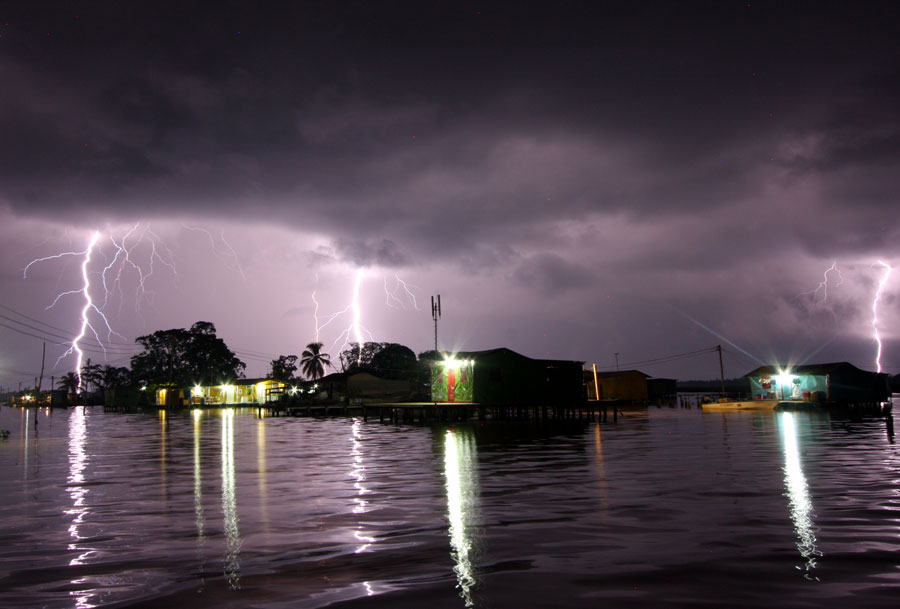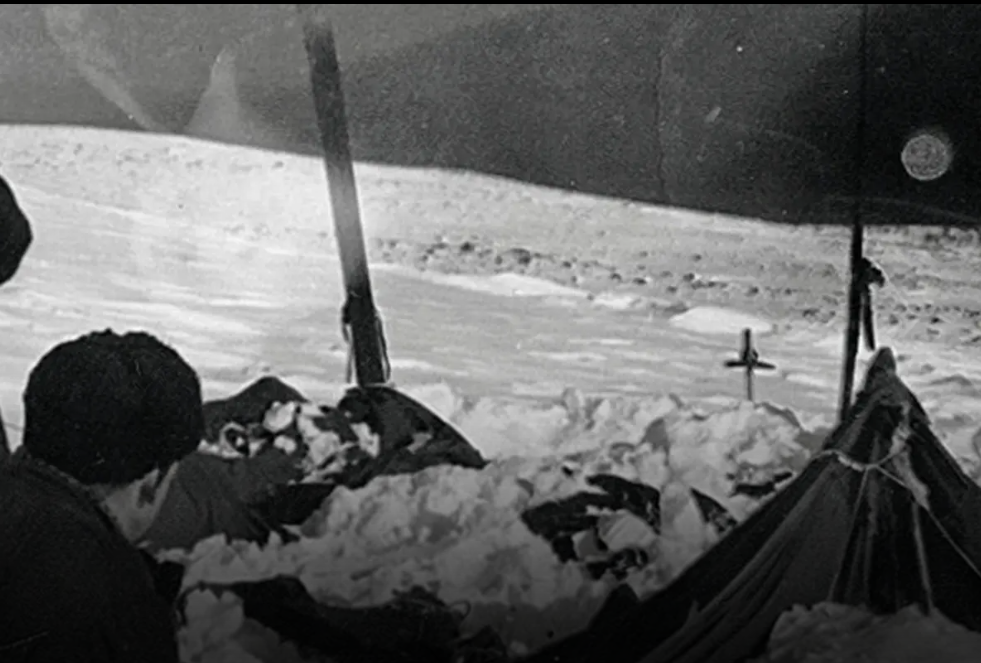The con artist who sold the Brooklyn Bridge

From Crimereads: "The prisoner hauled before a Brooklyn judge in 1928 did not look the part of one of the most notorious criminals in history. He squinted at the world through round-framed spectacles. When he removed his broad-brimmed hat, the sudden exposure of the baldness beneath added years to his appearance. The man was sixty-eight, born the year before the outbreak of the Civil War. He had been arrested more than a dozen times and had spent years in New York’s infamous Sing Sing prison. In the press, he was crowned the “dean of confidence men” and “the biggest of the big-time” swindlers. His name was John McCarthy. And he was the con man who sold the Brooklyn Bridge."
This town kept its nuclear bunker a secret for more than three decades
/https://tf-cmsv2-smithsonianmag-media.s3.amazonaws.com/filer_public/78/3a/783a89b3-cb2a-4828-8a3c-86b91df4cedd/the_bunker_1.jpeg)
From The Smithsonian: "West Virginia’s Greenbrier resort has been a playground for princes and politicians since its opening in 1778. Nestled in the Allegheny Mountain town of White Sulphur Springs, the Greenbrier has expanded over the centuries, so, when the resort broke ground on a new wing in late 1958, no one was surprised. But locals soon noticed something odd about the project. The hole dug for the foundation was enormous, and vast amounts of concrete arrived every day on trucks, along with puzzling items: 110 urinals, huge steel doors. But locals kept their suspicions private, and nearly 35 years passed before the rest of the country learned the truth: the bunker buried 720 feet underground was equipped to hold every single member of Congress."
Lightning strikes this lake almost thirty times a minute for nine hours

From EarthData: "A lightning bolt fractures the night sky. Wings of phosphorescent pink unfold to illuminate Lake Maracaibo, a brackish bay that opens north to the Caribbean Sea. A quarter of Venezuela’s population lives in the highest concentration of lightning on Earth, 250 flashes per square kilometer (0.4 square miles) per year. “A lot of people die each year,” said Ángel G. Muñoz, a physicist and researcher at the National Oceanic and Atmospheric Administration (NOAA). The lightning is so consistent—occurring 300 days a year at the same time and in the same area, where the Catatumbo River meets Lake Maracaibo—it has earned its own proper name, Catatumbo Lightning."
Editor's note: If you like this newsletter, please share it with someone else. And if you really like it, perhaps you could subscribe, or contribute something via my Patreon. Thanks for being a reader!
The deaths of nine hikers in Dyatlov Pass in 1959 remain a mystery

From History.com: "On January 23, 1959, 10 hikers set out for a winter trek through Russia’s Ural Mountains. One turned back after several days for medical reasons, but the other nine continued along their route. When the club didn’t hear from them by February 20, a search party set out, and over the next couple of weeks, they found the first five of the hiker’s bodies. They were in various states of dress and had bizarre injuries, with one appearing to have bitten off part of his own knuckle. The remaining four hikers had even more inexplicable injuries. One had a fractured skull, another had a twisted neck, two were missing their eyes and one of the bodies with no eyes was also missing her tongue."
Why did these three Viking women have elongated skulls?

From Atlas Obscura: "Filing teeth is not unheard of in ancient societies. The Vikings were known to carve grooves into their incisors for status or intimidation, similar to the Maya of Central America and Zappo Zap people in Congo, among others. But while examining Viking skulls from the island of Gotland in the Baltic Sea, a team of researchers also found another deliberate body modification: three skulls had been subjected to cranial modification to achieve an oblong shape. The skulls belonged to adult women who lived approximately 1,000 years ago. Cranial modification has been seen in various parts of the world, but it had never been previously linked to Viking culture."
A diving crew used clues from Homer's Iliad to uncover 10 long-lost shipwrecks

From Popular Mechanics: "A quest as epic as Homer’s own tales recently unfolded beneath the blue waves of the Aegean Sea. Researchers, guided by clues in The Iliad, unearthed a trove of ancient shipwrecks, weaving a narrative of scientific innovation and maritime mystery. The Greek National Research Foundation teamed with the Greek Ministry of Culture to conduct four research missions in the waters around the island of Kasos. Their goal was clear: identify sunken vessels cited in historical records, including those mentioned in Homer’s historic poem. They successfully located 10 shipwrecks from various historical periods, according to the ministry’s translated statement."
The "Ames Window" optical illusion
In 1951, Adelbert Ames created the mind-boggling ‘Ames Window’. It’s so effective that even when you know how it works you can’t break the illusion
— Massimo (@Rainmaker1973) April 18, 2024
[📹 The Curiosity Show]https://t.co/lm7aoCBxVs
Acknowledgements: I find a lot of these links myself, but I also get some from other newsletters that I rely on as "serendipity engines," such as The Morning News from Rosecrans Baldwin and Andrew Womack, Jodi Ettenberg's Curious About Everything, Dan Lewis's Now I Know, Robert Cottrell and Caroline Crampton's The Browser, Clive Thompson's Linkfest, Noah Brier and Colin Nagy's Why Is This Interesting, Maria Popova's The Marginalian, Sheehan Quirke AKA The Cultural Tutor, the Smithsonian magazine, and JSTOR Daily. If you come across something interesting that you think should be included here, please feel free to email me at mathew @ mathewingram dot com



